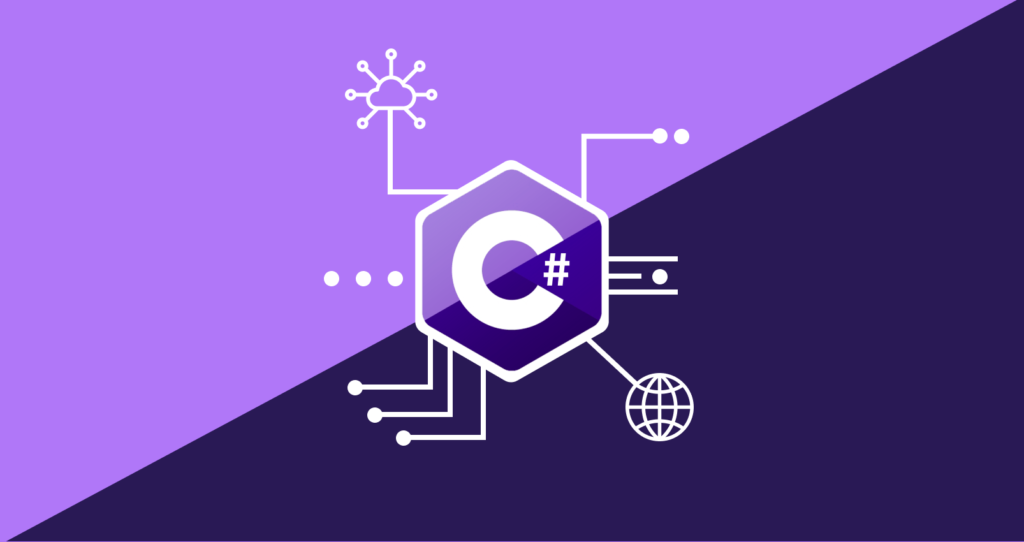Introduction to C# Programming: First Steps
Are you interested in learning a powerful and versatile programming language? Look no further than C# (pronounced C sharp). Developed by Microsoft, C# is widely used for building a variety of applications, including desktop, web, and mobile applications. In this article, we will take you through the first steps of C# programming, providing you with a solid foundation to start your coding journey.
What is C#?
C# is an object-oriented programming language that was first introduced in 2000. It is a part of the .NET framework and is designed to be simple, modern, and versatile. C# combines the best features of C and C++ while eliminating some of their complexities. It offers a wide range of features, making it suitable for developing a variety of applications.
Setting Up Your Development Environment
Before you start coding in C#, you need to set up your development environment. Here are the steps:
- Install Visual Studio: Visual Studio is the preferred integrated development environment (IDE) for C# programming. You can download the latest version of Visual Studio from the official Microsoft website.
- Create a New Project: Once you have installed Visual Studio, open it and create a new project. Select the project type based on the type of application you want to build.
- Write Your First C# Code: Visual Studio provides a code editor where you can write your C# code. Start by writing a simple “Hello, World!” program to get familiar with the syntax and structure of C#.
Understanding the Syntax
Like any programming language, C# has its own syntax and rules that you need to follow. Here are some key aspects of C# syntax:
- Variables: In C#, you need to declare variables before using them. Variables have a specific data type, such as int, string, or bool.
- Control Structures: C# provides various control structures, such as if-else statements, loops, and switch statements, to control the flow of your program.
- Classes and Objects: C# is an object-oriented language, which means you can define classes and create objects from those classes. Classes are used to encapsulate data and behavior.
- Methods: Methods are blocks of code that perform a specific task. You can define your own methods or use built-in methods provided by C#.
Resources for Learning C#
Learning a new programming language can be challenging, but there are plenty of resources available to help you along the way. Here are some recommended resources for learning C#:
- Official Microsoft Documentation: The official Microsoft documentation is a comprehensive resource that covers all aspects of C# programming. It provides detailed explanations, examples, and tutorials.
- Online Tutorials and Courses: There are many online platforms that offer C# tutorials and courses, such as Udemy, Coursera, and Pluralsight. These resources provide structured learning paths and hands-on exercises.
- Books: There are several books available that are specifically designed for beginners learning C#. Some popular titles include “C# Programming Yellow Book” by Rob Miles and “Head First C#” by Andrew Stellman and Jennifer Greene.
Conclusion
C# is a powerful and versatile programming language that is widely used in the software development industry. In this article, we have introduced you to the first steps of C# programming, including setting up your development environment, understanding the syntax, and recommended resources for learning. With dedication and practice, you can become proficient in C# and unlock endless possibilities in the world of software development.

